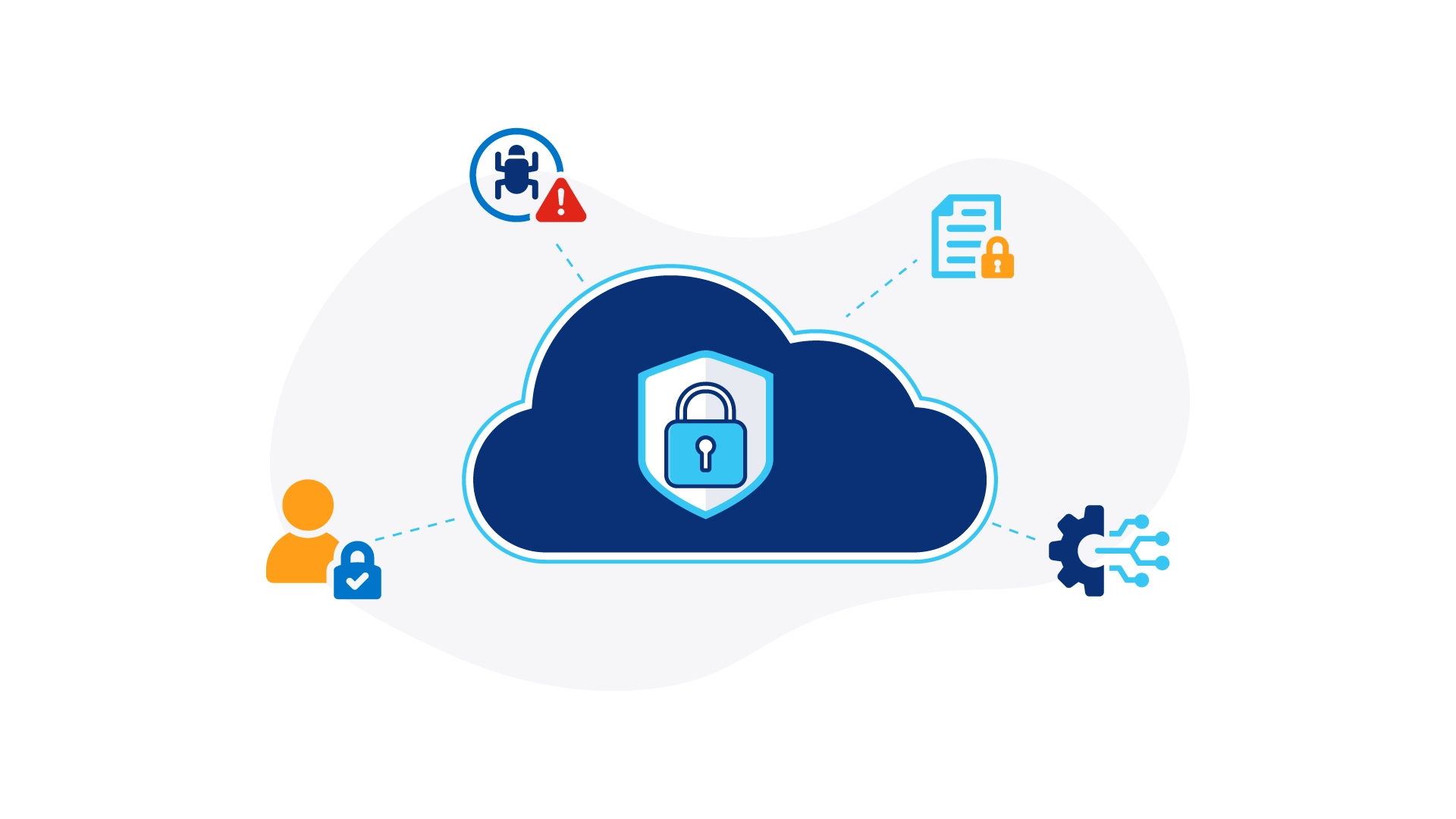As an IT strategist, one of the key decisions you may need to make is choosing between cloud and on-premise solutions. Both have their own sets of advantages and disadvantages, and the choice largely depends on your unique business requirements and objectives. In this article, we’ll explore the factors to consider and the pros and cons of both solutions, along with tips for successful implementation.
Factors to Consider
When deciding between cloud and on-premise solutions, consider these factors:
- Cost: Analyse the total cost of ownership (TCO) including acquisition, implementation, and ongoing maintenance costs.
- Scalability: How easily can the solution be scaled to accommodate your business’s growth?
- Security: Consider the nature of your data and the security measures each option provides.
Control: Determine the level of control your business requires over its data and systems.
Pros and Cons of Both Solutions
Cloud Solutions:
Pros:
- Lower upfront costs
- Scalability and flexibility
- Access to the latest technologies
- Reduced burden on IT staff
Cons:
- Potential for vendor lock-in
- Latency issues
- Security concerns in shared environments
- Costs can add up over time
On-Premise Solutions:
Pros:
- Greater control over data and systems
- No dependency on internet connectivity
- Customisation capabilities
- Potential for long-term cost savings
Cons:
- Higher upfront costs
- Responsibility for maintenance and updates
- Limited scalability
- Requires in-house IT expertise
- Successful On-Premise Implementation
Successful Cloud Implementation
For a successful cloud implementation:
- Vendor Selection: Choose a reliable vendor with a proven track record.
- Migration Plan: Develop a detailed migration plan, including data migration, user training, and testing.
- Security Measures: Ensure robust security measures are in place, including secure access controls and data encryption.
- Monitor Costs: Keep a close eye on costs to avoid unexpected charges.
For a successful on-premise implementation:
- Planning: Define your requirements and choose a solution that meets them.
- Infrastructure: Ensure you have the necessary infrastructure in place, including hardware, networking equipment, and software.
- Training: Train your team on how to use and maintain the new system.
- Support: Establish ongoing support for system updates, maintenance, and troubleshooting.
In conclusion, there’s no one-size-fits-all answer in the cloud vs on-premise debate. Navigating the decision between cloud and on-premise solutions can be a challenging one, and it ultimately depends on your unique business needs and objectives. However, you don’t have to navigate this crucial journey alone.
At Lumen, we understand that every business has its own specific requirements when it comes to IT solutions. Our cloud transformation experts can help you analyse your business





